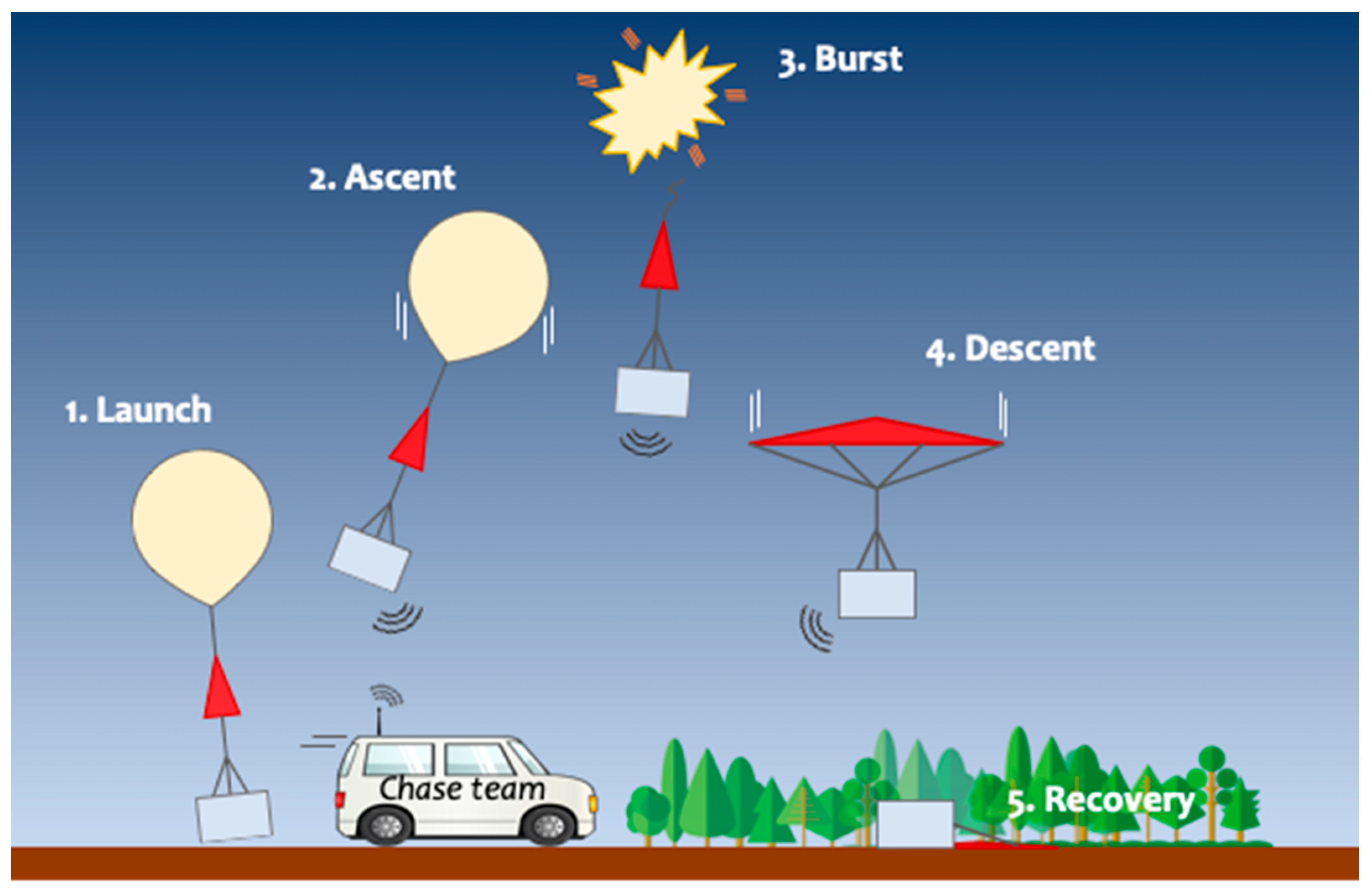Temperature extremes and reduced oxygen concentrations are common at higher altitudes. Cold, dry, and humidified air may lead. As an aircraft climbs to higher altitudes, the temperature generally decreases. This decrease in temperature can be beneficial as it increases air density, improving lift and engine. These considerations range from basic factors such as the remoteness of the areas and thermal protection due to cold and weather, to more technical concerns like increased.
As an aircraft climbs to higher altitudes, the temperature generally decreases. This decrease in temperature can be beneficial as it increases air density, improving lift and engine. These considerations range from basic factors such as the remoteness of the areas and thermal protection due to cold and weather, to more technical concerns like increased. In air transport cases, the aircraft should fly at a low altitude or below cabin altitude to prevent worsening decompression illness. Ascent reduces the pressure on the body and. Weather elements such as wind, temperature, rain, storms, tides, and currents all impact divers. They affect visibility, water movement, and dive safety. It makes sense to check. By understanding and preparing for how different weather conditions affect visibility, water conditions, and marine life behavior, divers can ensure safer and more enjoyable dives. Before diving, you should check currents, visibility, water temperature, tides, and weather conditions.
In air transport cases, the aircraft should fly at a low altitude or below cabin altitude to prevent worsening decompression illness. Ascent reduces the pressure on the body and. Weather elements such as wind, temperature, rain, storms, tides, and currents all impact divers. They affect visibility, water movement, and dive safety. It makes sense to check. By understanding and preparing for how different weather conditions affect visibility, water conditions, and marine life behavior, divers can ensure safer and more enjoyable dives. Before diving, you should check currents, visibility, water temperature, tides, and weather conditions. How do currents affect my dive? Currents can impact your ability to control your. When planning a dive, we need to consider two factors: The dive table and computer algorithms are based on being at sea level, which equals 1 atmosphere (atm), and.
Weather elements such as wind, temperature, rain, storms, tides, and currents all impact divers. They affect visibility, water movement, and dive safety. It makes sense to check. By understanding and preparing for how different weather conditions affect visibility, water conditions, and marine life behavior, divers can ensure safer and more enjoyable dives. Before diving, you should check currents, visibility, water temperature, tides, and weather conditions. How do currents affect my dive? Currents can impact your ability to control your. When planning a dive, we need to consider two factors: The dive table and computer algorithms are based on being at sea level, which equals 1 atmosphere (atm), and.
They affect visibility, water movement, and dive safety. It makes sense to check. By understanding and preparing for how different weather conditions affect visibility, water conditions, and marine life behavior, divers can ensure safer and more enjoyable dives. Before diving, you should check currents, visibility, water temperature, tides, and weather conditions. How do currents affect my dive? Currents can impact your ability to control your. When planning a dive, we need to consider two factors: The dive table and computer algorithms are based on being at sea level, which equals 1 atmosphere (atm), and.
The dive table and computer algorithms are based on being at sea level, which equals 1 atmosphere (atm), and.
Grizzly Bear Size Compared To A Human: Astonishing Photos
Was Chief Keef Ever In A Gang? The Answer Might Shock You
Is An Atlassian Finance Internship Right For You? (Summer 2025)
Horrifying! The Untold Story Of Surinam Toad Birth
Offshoring: Friend Or Foe? AP Human Geography Answers
